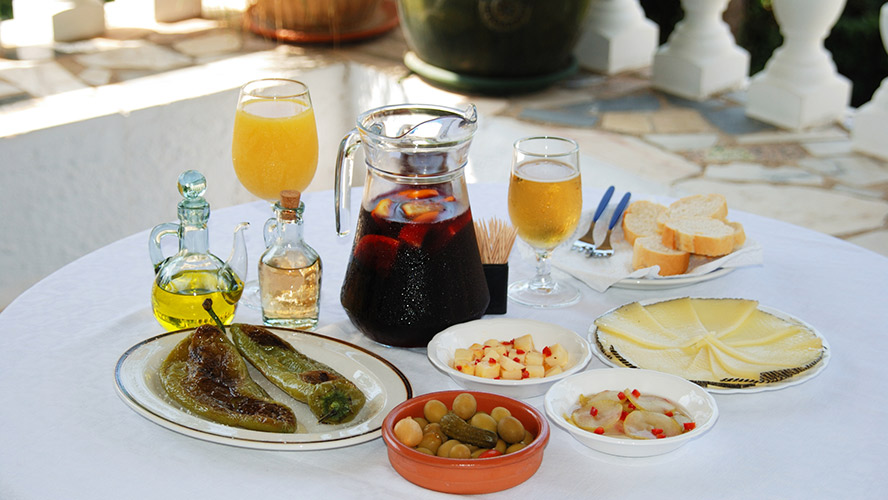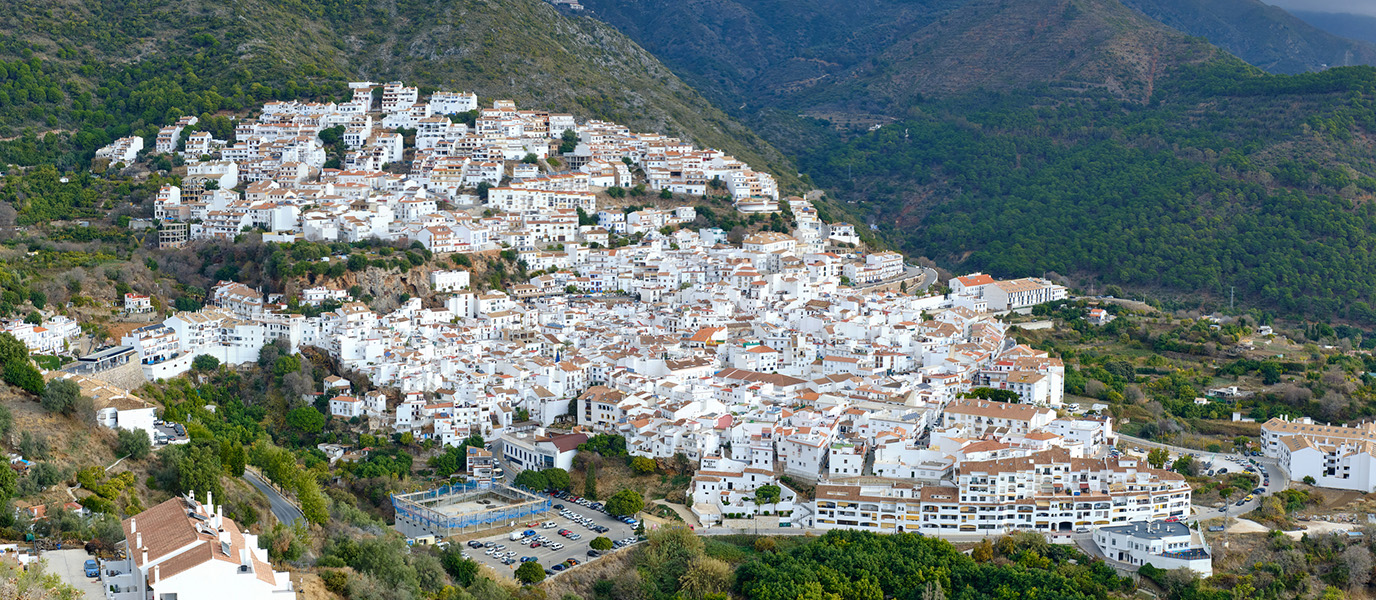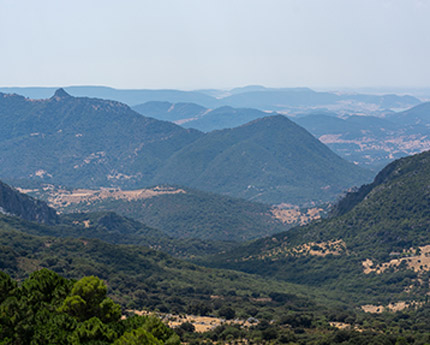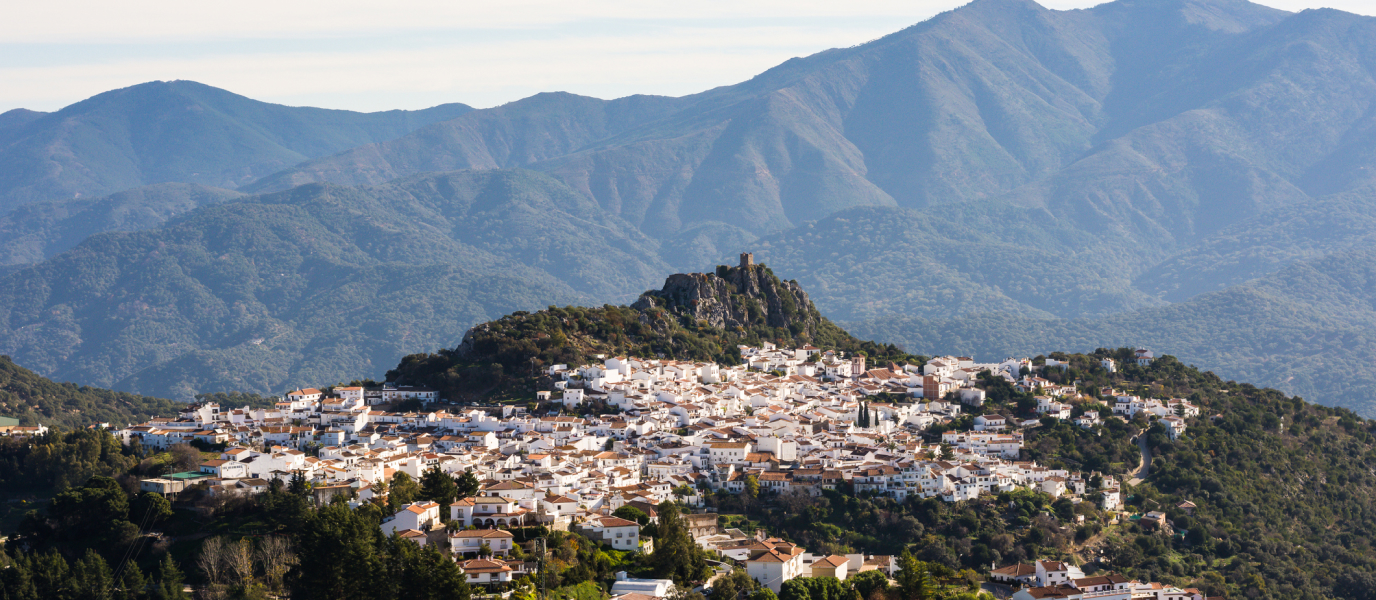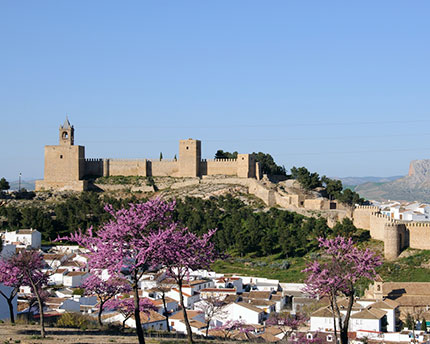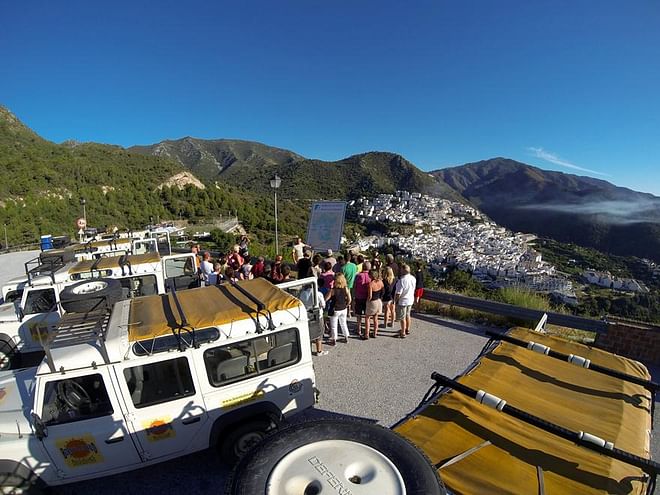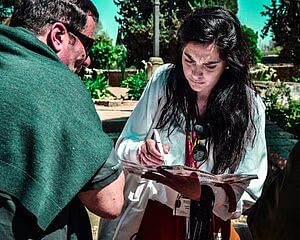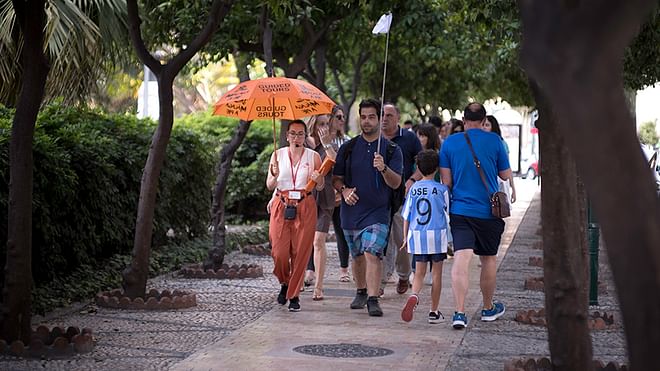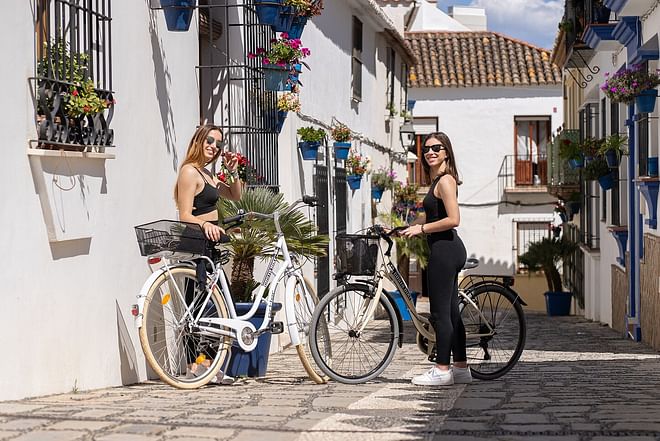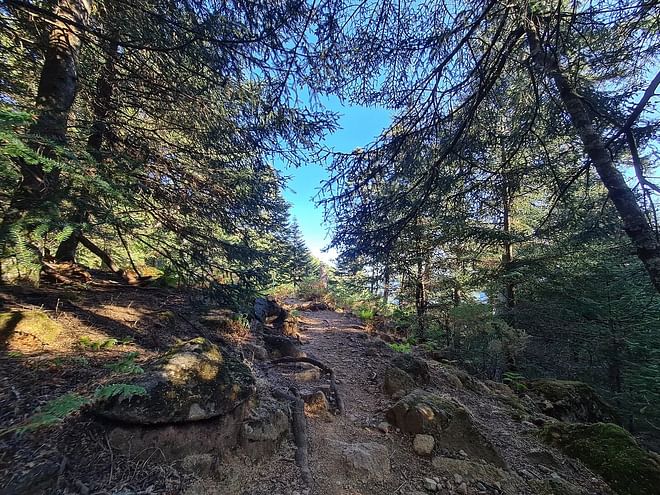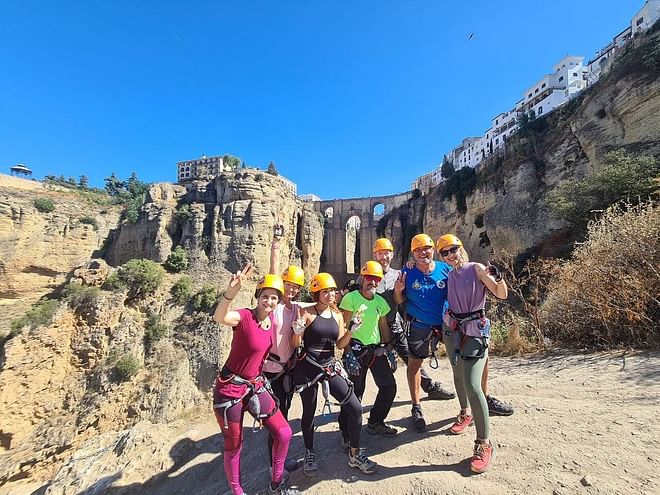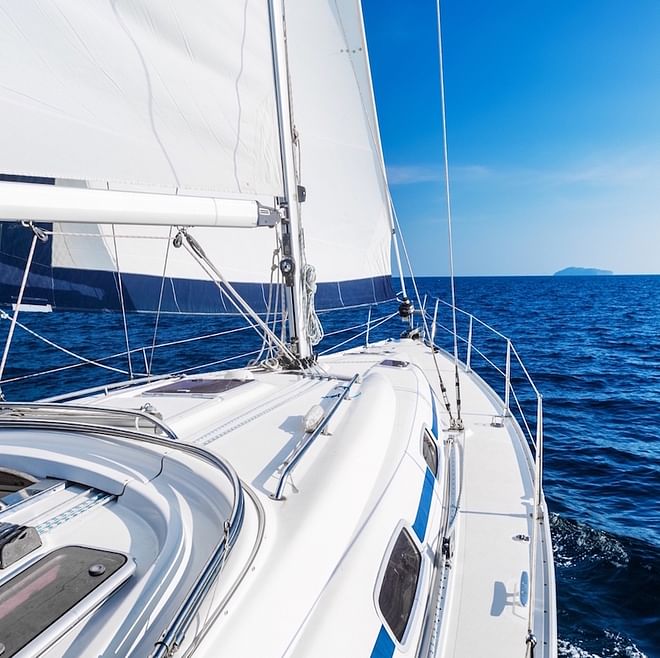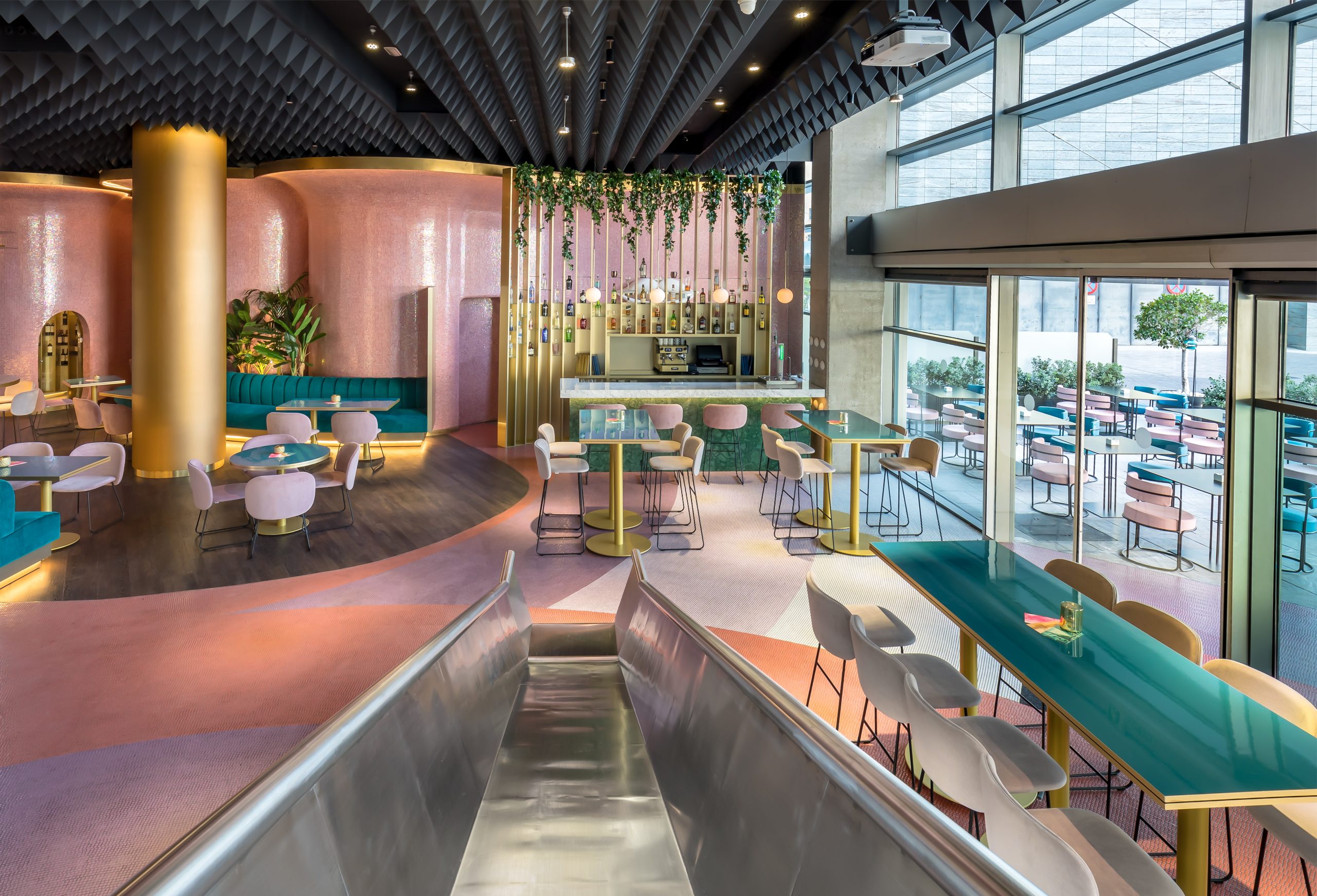Ojén is located 10 kilometres north of Marbella, in the Sierra de las Nieves district. Despite its small size, this town was already mentioned in the chronicles regarding the Mozarabic rebellion against the Emirate of Cordoba at the beginning of the 10th century, and it gained a certain prominence centuries later during the Reconquest of Spain.
Mining activity in the 19th century led to the development of the town, which even had a railway line to carry the ore to the quay in Marbella.
We will now tell you what you can see and do in the charming town of Ojén.
What to see when visiting Ojén
The white lime pervades the walls of the houses in Ojén, one of the countless white villages of Andalusia. Like a stain, they tumble down the steep, green slopes of the Malaga coastline, just a few kilometres away.
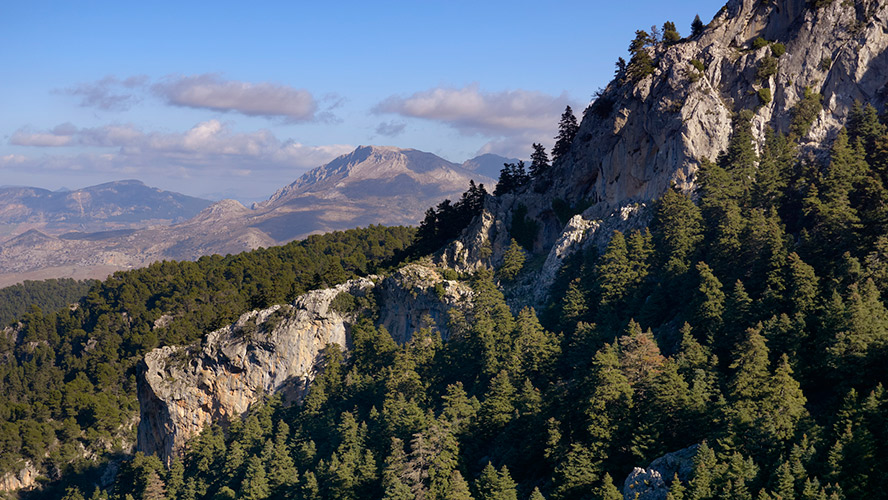
It is this privileged position, at the entrance to the Sierra de las Nieves, that makes Ojén a must when visiting the Costa del Sol.
Time does not stand that still in Ojén. It is where the Ojeando Festival is held, a leading indie music event in Andalusia, attended by the best Spanish independent rock artists. Several stages are spread throughout the centre of the village to give life and personality to this small town with dozens of prestigious artists.
Another event that takes place in Ojén is the Castillo del Cante Flamenco Festival, one of the main flamenco events in Spain.
Nevertheless, apart from major festivals, you can visit other monuments and places of interest in Ojén. Get your pen and paper ready!
Church of Nuestra Señora de la Encarnación
The Church of Nuestra Señora de la Encarnación is one of the main monuments in Ojén. This single-nave 16th-century church is characterised by its white colour and its tower, which makes use of the minaret of the old mosque.
The church is located in one of the main squares. Its clock was made by the same craftsmen who created the Puerta del Sol clock in Madrid.
Fuente de los Chorros
Next to the church you will find the Fuente de los Chorros (Fountain of the Jets), built in brick in 1905 and with five water spouts.
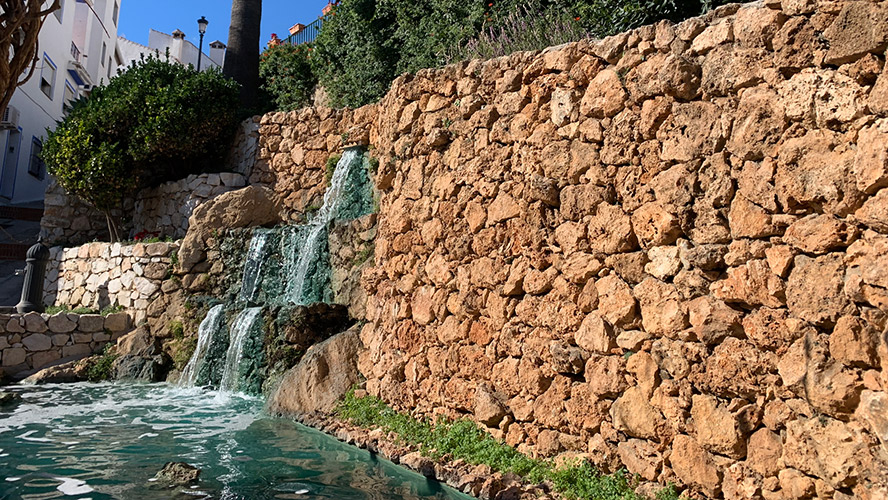
Ojén caves
The caves are one of the main and most unique attractions in Ojén. The characteristic karst terrain has shaped the landscape, creating nooks and crannies such as these caves located in the upper part of the village. Used as an animal shelter, today they have been renovated for cultural use where small events and concerts are held.
The Ojén caves are a beautiful viewpoint overlooking the village, the mountain range and the coast of Marbella.
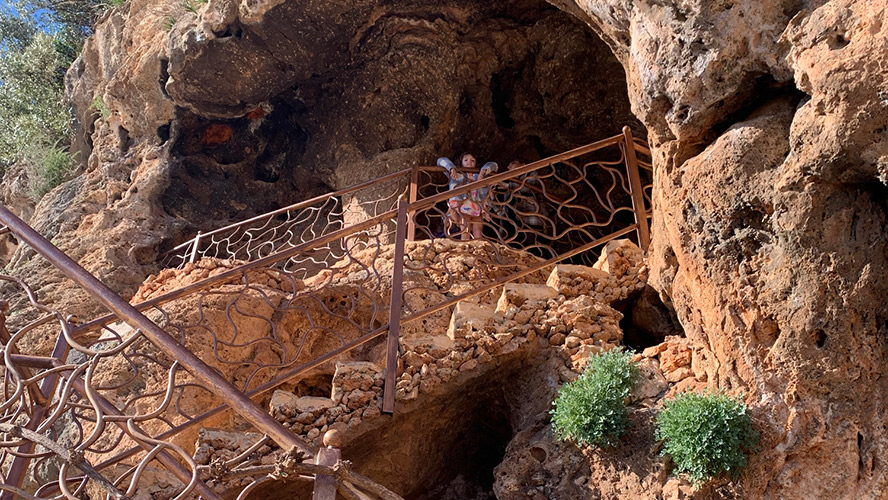
Olive Oil Mill Museum
Ojén has a small and interesting olive oil museum. The Olive Oil Mill Museum shows us a mill from 1800 restored with its original machinery so that we can understand the process of producing the so-called liquid gold. The mill works perfectly and is put into operation for demonstration.
Liqueur Museum
On the upper floor of the Olive Oil Mill Museum you will find the Liqueur Museum, the town’s most famous product. The building was the site of what was the last liqueur factory in Ojén. One of the few remaining bottles of authentic Ojén liqueur can be found at the exhibition. After being discontinued in 1974, production has been revived in an attempt to imitate the original recipe of Pedro Morales, its creator.
Ojén liqueur, known as Ojen in the English-speaking world, was exported to the Americas and appears in cultural references by great artists such as Camilo José Cela, Rosalía de Castro and Picasso. In Spain, “una copita… de Ojén” (a small glass of Ojen) is the seven-note musical call-and-response riff used as a door knock known as “shave and a haircut… two bits” in most of the English-speaking world.
The viewpoint
If you want to see the beauty of this white village from the outskirts, you should go to the Ojén viewpoint, located at the exit of the central part on the road leading down to Marbella.
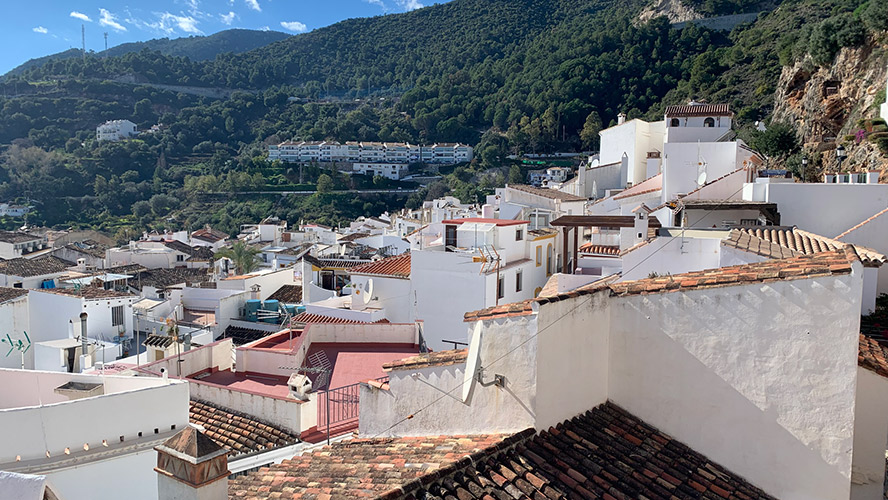
Things to see near Ojén
The proximity of the Sierra de las Nieves mountain range makes Ojén a natural destination for activities such as hiking, climbing, potholing and canyoning.
In the area surrounding Ojén you will find several routes that take you to this mountain range, which is a Biosphere Reserve, as well as viewpoints overlooking the town. You can also visit the Eco Reserve, a former game reserve converted into an ecological reserve where children can learn to respect the environment, flora and fauna.

Very close to Ojén you will also find towns such as Marbella, Coín, Monda and Guaro. We recommend that you check the information about the Sierra de las Nieves and its municipalities so that you can explore more places of interest.
Where to eat in Ojén
Pulses, game and goat cheese form part of Ojén’s traditional gastronomy, with dishes such as breadcrumb and vegetable soup, broth soup, rabbit, partridge stew, roast chestnuts and the famous salmorejo. You can try them at some of the bars and restaurants in Ojén.
Here are some eating recommendations in Ojén:
- Restaurante El Túnel: this is one of the best restaurants in Ojén and specialises in meat and fish dishes.
- Vikingo: this tavern stands out for its variety of dishes and portions at a good price. It is a good place to go for tapas in Ojén.
- Mesón La Casa Nueva: on the road to Marbella, this restaurant has a pleasant outdoor area with views where you can enjoy grilled meat dishes or a wide variety of fish.
